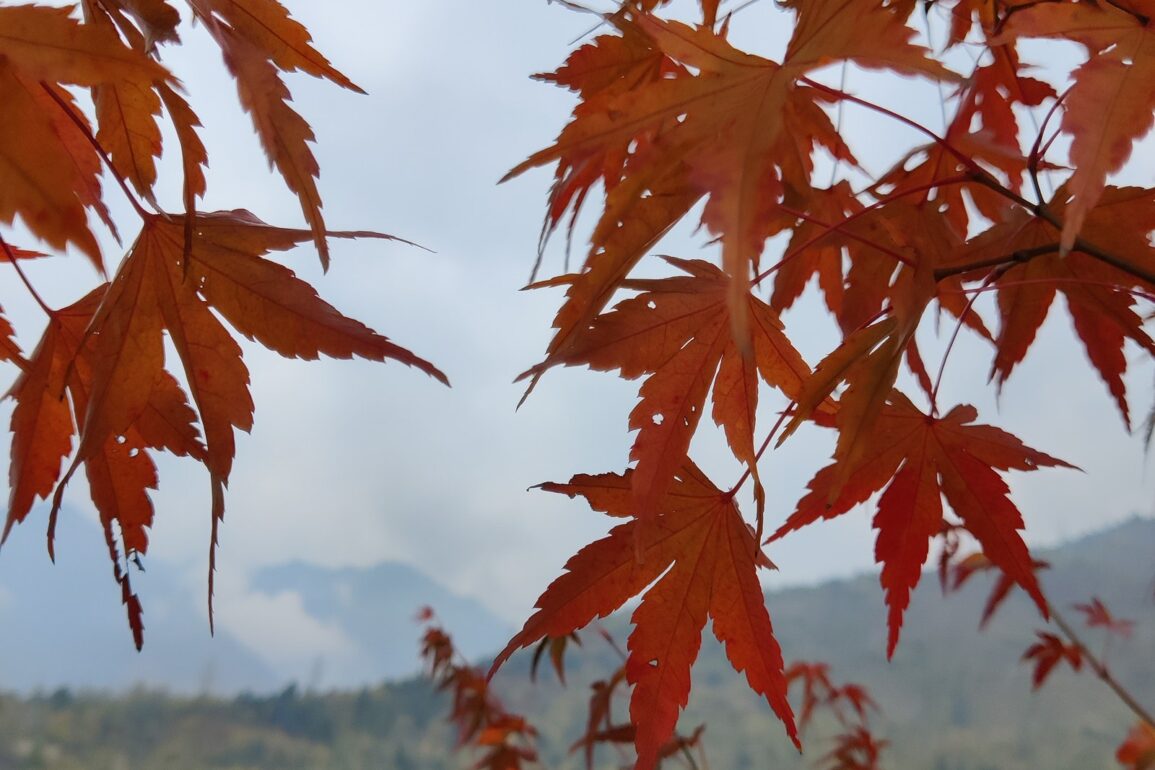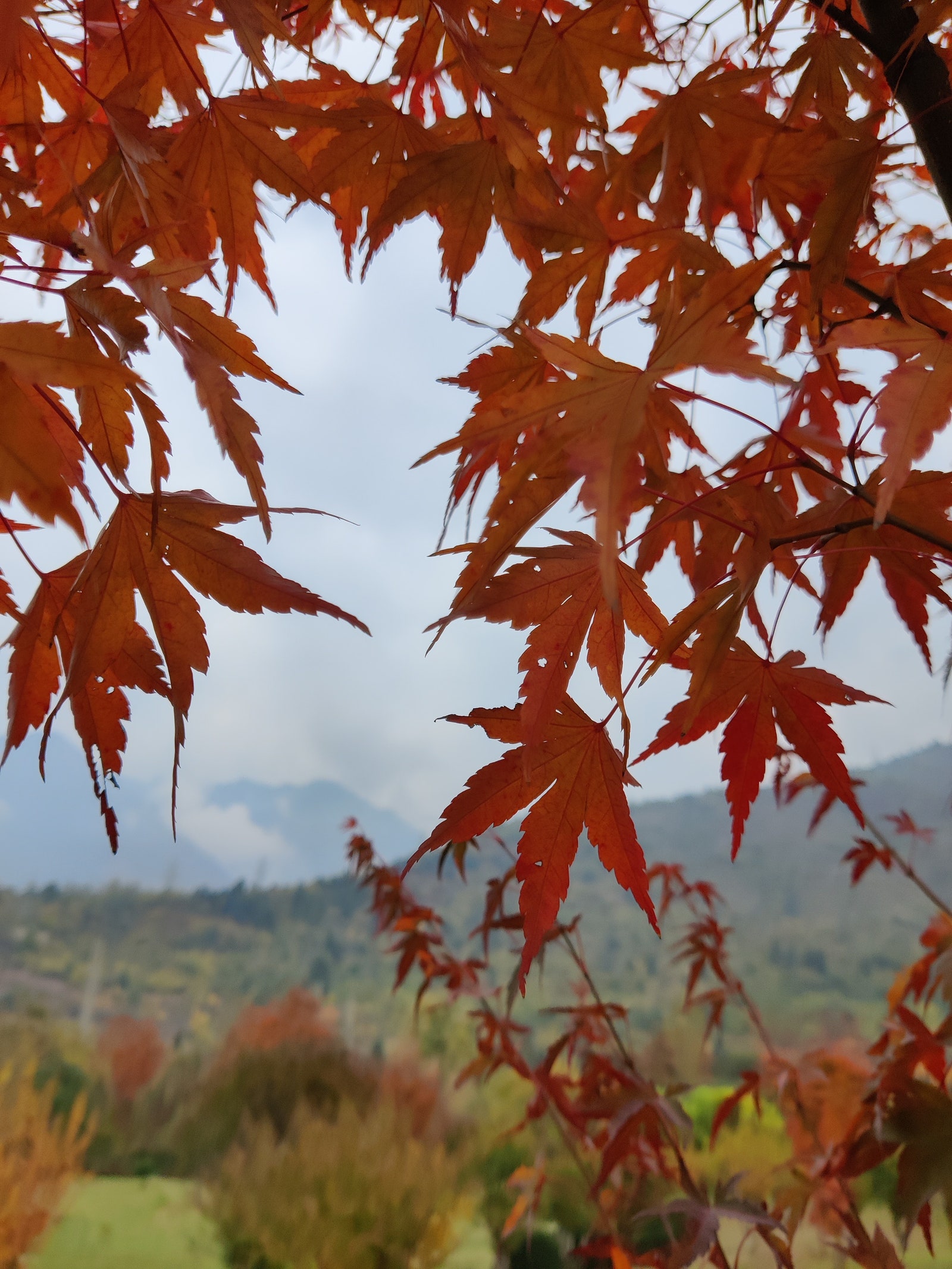Ask A Local is a new series where we ask clued-up insiders to share their top tips for the place they call home.
“My inward search of preserving oral and craft traditions is informed by a need to safeguard Kashmiri identity and nostalgia,” says Drabu, author of The Legend of Himal and Nagrai—an anthology of Kashmiri folklore—and co-founder of Sonth, a small business reimagining handicraft heritage via local artisans. Her grandparents’ generation passed folkloric traditions onto her, many of them women, which she now works to preserve through her work. She finds that Srinagar’s ample cultural appeal inevitably moves with the seasons, from the crunch of chinar leaves in autumn to the warmth of Dal Lake’s roasted chestnut carts in winter.
Baitul Meeras (Heritage House), Old City
This heritage home converted into a public space is one that I really enjoy that’s fairly new. It’s building up its repository of heritage artefacts—jewellery, clothes, and old utensils—to be viewed by the public. I find it interesting because it’s in an old building in the Old City, and on the third floor you can look out this window where you see this outline of a shrine, of a temple, the river, the bridges—it still has this spirit of the Old City, a very interesting window into the Kashmir of the past.
Harwan Garden
I always think of Harwan Garden in autumn; it’s beautiful, full of chinars. While it is not as glamorous as other picnic spots, and doesn’t have much infrastructure, it does have a beautiful small stream, full of chinars on all sides, which are very green in spring. But in autumn, it is a mixture blazing reds, ochres, and oranges. I love it, and I love that in autumn, even though it might not be the ideal time for a picnic, there is always the smell of burning the chinar leaves. Someone, somewhere, is almost always burning leaves. It tells you that winter is under way, as the leaves crunch under your feet.
Tujj (Dal Lake)
My favourite Kashmiri street food is the tujj—almost always lamb—skewers of charred meat with masala. It’s really my only meal outside of home I choose to have. Around Dal Lake, in the Old City, in little corners all around Srinagar, you can smell the burning meat and charcoal all around the city, it’s a very beautiful primal smell.
Fruit Stalls (Hazratbal)
Go to a fruit stall. In Kashmir it grows in abundance, with in-season fruits sold all over the streets. I associate most times of the year with the fruits we get, cherries in late spring, later the stone fruits—the plums and peaches—or in autumn, when we get all of the apples and the nuts: playing with the magic of changing seasons, accessing things you only get during that time of the year.
In winter, the same stalls turn into carts roasting chickpeas, peas, and chestnuts, all sorts of warm roasted snacks. A lot of the best vendors are around shrines, like Hazratbal and around the university. I think we, as a culture, go out snacking a lot more than for a meal…I also love softies in the summer.
Hari Parbat
Srinagar is very urbanised and a lot of (folkloric) places have been lost, but interestingly one of the origin stories of Kashmir is about the Hindu goddess Sharika devi. There are two versions of this story, the one I used in the book is about the devi coming disguised as a Myna (Haer) and dropping this pebble on this monster called Jalodbhava. The myth is that the pebble grew so big that it buried the monster under it. The physical marker that remains is the Hari Parbat hill. That’s a hill you see from around Dal Lake, where people take all these sunset photos. There’s a fort there now; it’s sometimes open to the public but often not.








